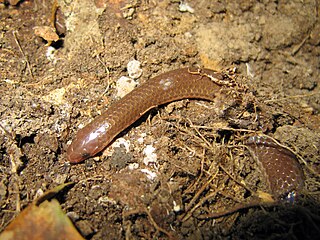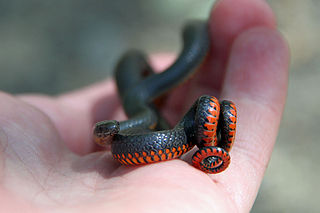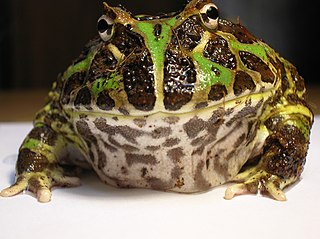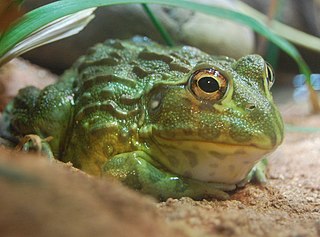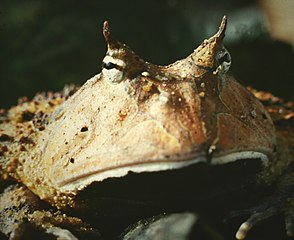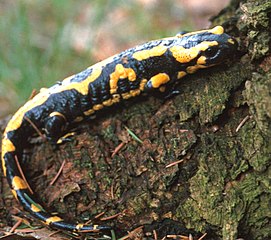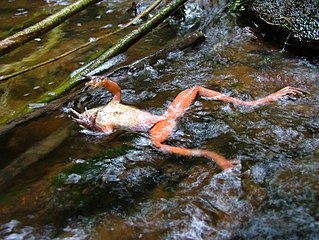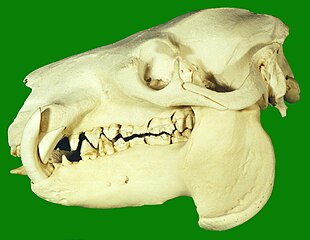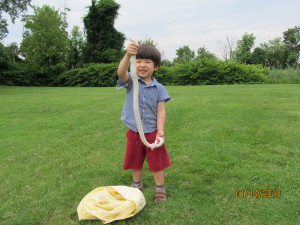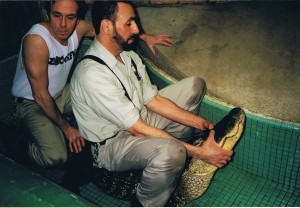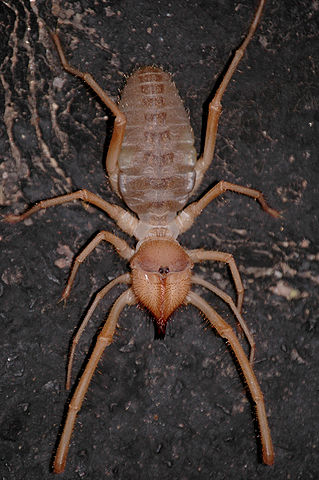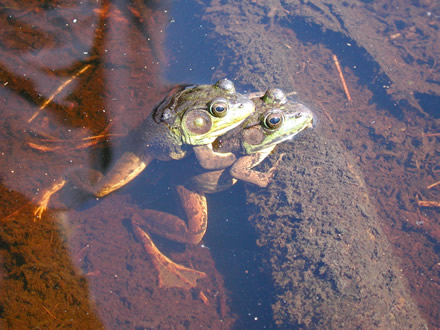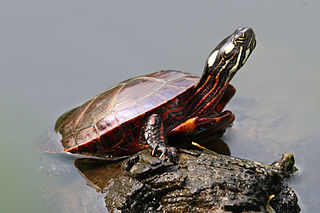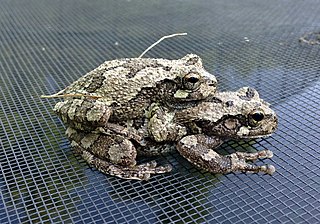Snakes that feed solely upon insects, earthworms, spiders, snails and other invertebrates are a great choice for folks who would rather not handle rats and mice. They also have other attractive characteristics, including small size, inoffensive natures, and adaptability to naturalistic terrariums containing live plants. What’s more, most receive scant attention as captives, and so offer us the opportunity to record new facts about their needs and habits. Several invertebrate-eaters, such as Brown Snakes (Storeria) and Ring-Necked Snakes (Diadophis), thrive in the hearts of large cities, while others, including the Worm Snakes (Carphophis), Black-Headed Snakes (Tantilla), Snail-Eating Snakes (Sibon), Red-Bellied Snakes (Storeria), Pine Woods Snakes (Rhadinae) and Flower Pot Snakes (Rhamphotyphlops), are sometimes collected and offered for sale. Today I’ll introduce this fascinating but over-looked group. Please see the articles linked below to read about others that can do without rodents, including Garter, Ribbon and Green Snakes.
Note: There are thousands of snake species that fit within this general category…please post your own experiences below, thanks, Frank
Description
Most invertebrate-eating snakes are shy and secretive, and measure less than 12 inches in length when fully grown (Garter and Ribbon Snakes, covered elsewhere, are an exception). Many, such as Brown and Worm Snakes, are well-camouflaged by their somber coloration, while Ring-Necked and Red-Bellied Snakes flash bright warning colors when disturbed.
Range
Invertebrate specialists occur from southern Canada to southern South America and in Europe, Asia, Africa and Australia – everywhere that “typical” snakes dwell.
Nearly all spend most of their time below leaf litter, decaying logs, rocks, or other cover that offers protection and access to grubs, earthworms, slugs and other prey. Some, such as the Eastern Worm Snake, have pointed heads that assist in burrowing, and rarely appear above-ground. However, the lifestyles of these interesting snakes are as varied as the habitats they occupy. Garter Snakes, for example, actively forage on land and in water, while Rough Green Snakes spend most of their time in bushes, hunting caterpillars.
Habitat
Insect-eating snakes of one type or another may be found in rainforests, cities, farms, arid scrubland, swamps, grasslands, deserts, montane cloud forests and many other environments.
The aptly-named Flowerpot Snake, a native of India, has been shipped worldwide as a stowaway among plant roots, and is now established in greenhouses and gardens in Florida and elsewhere. Brown Snakes are still to be found in Manhattan, while Ring-Necked and Red-Bellied Snakes frequent gardens, farms, and suburban parks.
Care and Feeding
Note: Husbandry details may vary widely from these general guidelines. Please post below for information about the species in which you are interested.
Depending upon the snake in question, the natural diet may include earthworms, beetle grubs, slugs, grasshoppers, caterpillars, termites, and a wide variety of other invertebrates. The most commonly-kept species accept soft-bodied foods such as earthworms, waxworms, silkworms and butterworms; crickets and mealworms are often rejected. Specialists, such as the Cloudy Snail Eater or the Red-Bellied Snake (which favors slugs) can be difficult to keep unless their natural foods are available. Fascinating snakes that specialize in hunting centipedes, spiders, fish and frog eggs and other unusual prey items are also known, but these are rarely kept as pets.
A single adult of most species will do fine in a 10 gallon aquarium. Unlike more commonly-kept snakes, they do not fare well on newspapers, aspen shavings or similar substrates. The terrarium should instead be furnished with a mixture of dead leaves and coco-husk. Many will shelter below the substrate, but a dark cave stocked with moist sphagnum moss should also be provided. Due to their small size, insect-eating snakes make ideal inhabitants of naturalistic terrariums provisioned with live plants.
On the menus of predators ranging from frogs and tarantulas to crows and skunks, most insect-eating snakes are shy and retiring. Brown, Worm, and Ring-Necked Snakes can rarely even be induced to bite, but stressed individuals may release musk. Many take short periods of gentle handling in stride.
Further Reading
Brown Snake Care (the Best Small Snake Pet?)
 That Reptile Blog – Reptile, Amphibian and Exotic Pet Care and Information
That Reptile Blog – Reptile, Amphibian and Exotic Pet Care and Information


